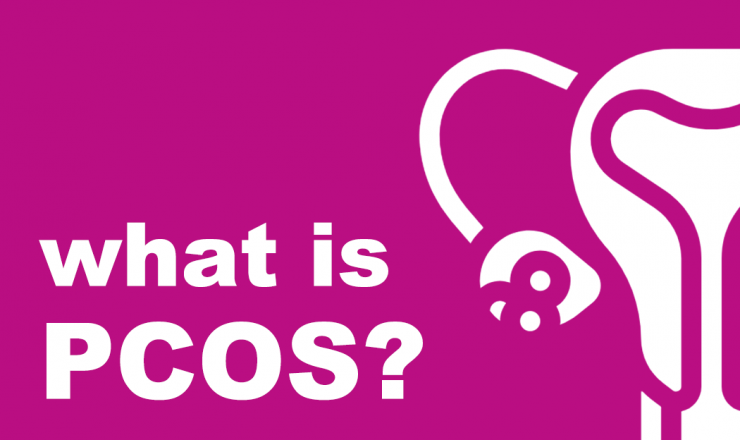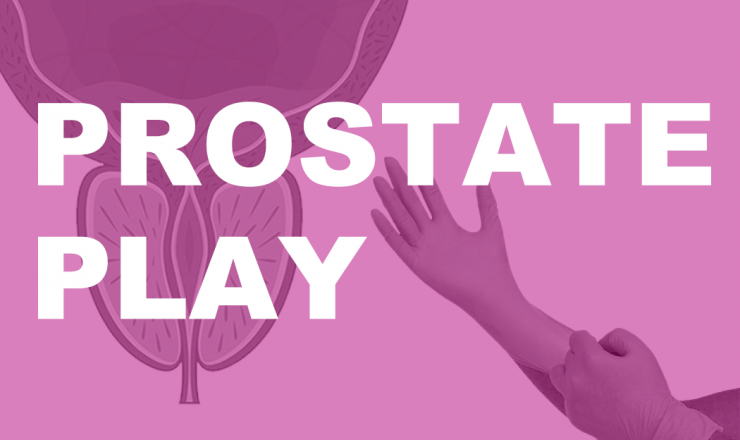

With Valentine’s around the corner, the idea of romance is everywhere. Chocolate boxes and flowers line the aisles of pharmacies and bookshops are packed with Valentine’s Day cards.
But what even is romance? Does everyone want it? And, if not, how does that work? Do people need romance to sustain a relationship? In this post we’ll go over what it means to not want romance, and why that’s totally okay!
To clarify, when we say romance we’re thinking about the feelings and behaviours of two or more people in a loving relationship with each other. There are lots of ways to define what that looks like, sometimes it’s just that feeling of excitement or mystery we associate with love.
As much as cheesy rom-coms and love songs would lead you to believe in love at first sight, not everyone experiences romance and romantic attraction in the same way. In fact, some folks don’t feel romantic attraction at all! These folks may choose to describe themselves as aromantic – a word used to describe people who either feel little or no romantic attraction to others. By contrast, people who experience romantic attraction and aren’t on the romantic spectrum are considered alloromantic.
Just like sexuality is a spectrum, romance is too! The aromantic spectrum reflects all the different types of aromanticism that exist, with people experiencing varying levels of attraction with different people and within different contexts. Some people experience romance with select people, while some experience it only after building an emotional bond. Others experience romance on an infrequent basis, while others see platonic (friendly) and romantic feelings as being the same thing. Whatever the case, the term aromantic covers a wide variety of different types of romantic attraction.
Here are just a few of the terms aromantic people might use to describe themselves (a full list can be found here):
Demiromantic – this term is used to describe people who experience romantic attraction after developing a significant emotional connection with them.
Frayromantic – this term is used to describe people who experience romantic attraction towards people they know less
Greyromantic – this term can be used to describe people who experience romantic attraction from time-to-time, but not consistently, or in specific situations and circumstances.
Lithromantic – this term can be applied to people who like the idea of romance or being in a romantic relationship, but feel that desire fades when they’re in a romantic relationship. Quoiromantic people might also be okay with experiencing romantic attraction without it being returned.
Quoiromantic – this term can be applied to people who question whether they’re experiencing romantic attraction, as well as people who feel they’re unable to distinguish between romantic and platonic attraction. Quoiromantic people might also question the idea of romance, seeing it as inaccessible and nonsensical.
Despite people becoming more and more aware of aromanticism, there are still loads of misconceptions about it.
To debunk some of the top three:
Myth: Aromantic people can’t maintain relationships
Fact: Just because aromantic people might not experience relationships the same way as alloromantic people do, it doesn’t mean they can’t be in relationships! Some aromantic people might choose to engage in different forms of relationship. One type is queerplatonic – a style of relationship that resembles a long-term relationship and involves similar commitments, but one that doesn’t need to be either sexual or romantic in nature.
Myth: Aromantic people don’t have feelings
Fact: Aromantic people have feelings! They just don’t experience the same level of romantic attraction as alloromantic people. That doesn’t prevent them from experiencing platonic love for their friends and potential partners, and they don’t feel any other emotion less than anyone else would.
Myth: Aromantic people are lonely and aren’t part of a community
Fact: Quite the opposite! Aromantic people can definitely find ways to sustain meaningful connections with people in their lives. Whether it’s through their friendships with others or partnerships that work with their respective levels of romantic attraction, aromantic people are able to build a variety of meaningful connections. The aromantic community is a welcoming space for aromantic people of all stripes and is a part of the LGBTQIA+ community. Similar to other members of the community, they experience stigma, barriers, and misunderstanding.
Remember that labels exist for us to use them if they feel right.
They can help us give a name to things we’re feeling, validate that what we’re feeling isn’t abnormal, and help us feel less alone by connecting us to other people with similar experiences. No matter where you may be on the aromantic spectrum, whether you know for certain you’re demiromantic or are just beginning to question how you feel about the whole romance thing, there is a place and community for you!
If you have questions about this topic, feel free to contact one of our peer educators. [Link]
Last Updated: January 2023

In this series we’re going over how people might want to think about interacting with a crush. Our first post covers ways we can understand and define flirting, this post goes over what isn’t flirting, and our next post shares some ways people can try to flirt with their crushes. Let’s go!

Polycystic Ovary Syndrome (PCOS) is a hormonal disorder that affects 6-10% of people with ovaries. Read on to learn more about symptoms, diagnosis, and treatment options!

Lately we’ve been getting some question about Prostate Play! What is it? Who does it? What even is a prostate? Check out this post for answers to these questions and more!